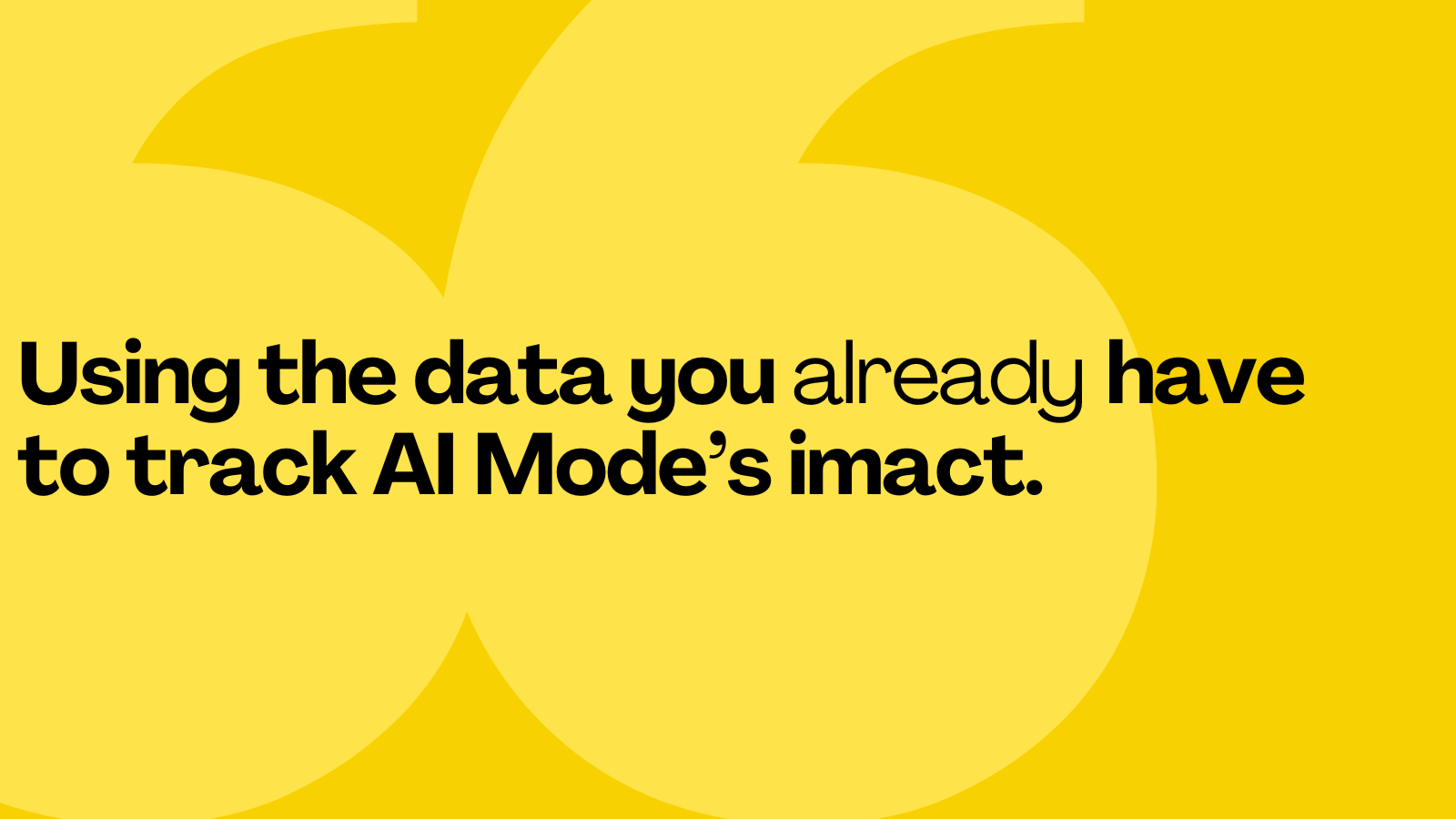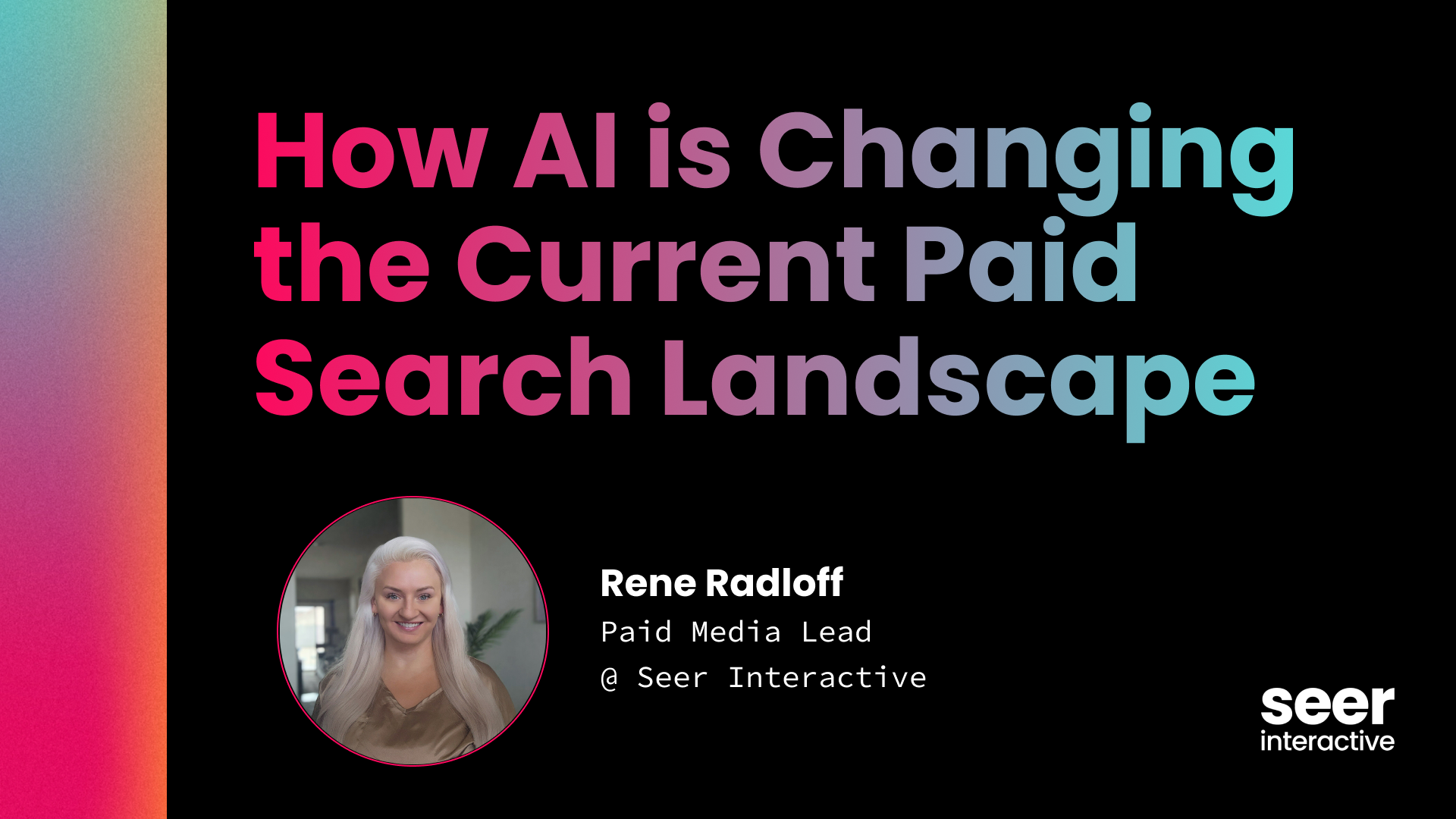Did you know that the Philadelphia accent is, in the United States, most similar to the phonetics of The Queens English?
The Power of Personalized Marketing: High-Context Marketing Strategy
The secret is in the fact that the traditional Philadelphia accent as two different “o” sounds - both a long “o” and a short “o”. The accent isn’t the only unique cultural identifier of the Philadelphia native - we have other words, traditions (i.e. Mummers!), and foods (hello scrapple) that we have a history with. The fact that you may not recognize what some of these things are highlights the value of context.
This is the context of the culture and experiences that we are influenced by.
Similarly, context marketing requires a deep understanding of the context in which customers are interacting with a brand in order to provide them with a personalized and relevant experience. This includes factors such as demographics, psychographics, behaviors, and the environment in which they are engaging with the brand.
Before we jump ahead, let’s set some groundwork:
What is context?
Context refers to the circumstances, conditions, or the environment in which something exists or occurs. It provides the background information that is necessary to understand and interpret something properly.
Context can include various elements, such as the time period, location, social norms, cultural practices, personal experiences, and other factors that shape the meaning and significance of a particular situation or event - we’ll dive into this later!
What is context in digital marketing?
Context marketing is a digital marketing strategy that focuses on delivering personalized content and experiences to customers based on their unique needs, preferences, and behaviors. It aims to create a more relevant and engaging customer experience by taking into account the context in which the customer interacts with the brand.
For example, our Analytics & Insights team ran an analysis that ultimately saved a client just under $350K over a two month period in inefficient spend because the client lacked true understanding of their seasonality and missed the opportunity to personalize their messaging accordingly. During this same time period, with a decrease in spend, we drove conversions by 11%.
How is context marketing different from traditional marketing?
Context marketing differs from traditional marketing in that it takes into account the specific context in which the customer is interacting with the brand, rather than treating all customers as a homogeneous group. Hubspot is famous for framing it like this: "It's about delivering the right content to the right person at the right time, based on who they are and what they're doing."
Understanding people in the context of their lives is something Seer’s Analytics & Insights team is passionate about. We run extensive analyses where we conduct live audience research, A|B testing, and have built out advanced Twitter and Reddit scraping automation to truly understand our clients audiences.
Traditional marketing is more of a low-context approach to reaching an audience whereas context marketing is, obviously, high-context.
Low context vs high context marketing
Low-context marketing and high-context marketing refer to two different approaches to marketing communication. Here's a brief explanation of both:
Low-context marketing
In low-context marketing, the message is direct and straightforward, and it does not require any cultural or contextual knowledge to be understood. The message is universal and can be easily understood by anyone, regardless of their background or cultural differences. Low-context marketing typically uses plain language, simple images, and straightforward messaging to communicate with its audience.
High-context marketing
In high-context marketing, the message is nuanced and requires a certain level of cultural or contextual knowledge to be fully understood. The message is tailored to a specific audience and is designed to resonate with their unique cultural or contextual experiences. High-context marketing often uses symbols, metaphors, and other forms of cultural references to communicate its message effectively.
What is the difference between high-context and low-context culture advertising?
Low-context marketing is more universal and straightforward, while high-context marketing is more nuanced and tailored to a specific audience. Both approaches can be effective, depending on the marketing goals and the audience being targeted.
The Key Elements of Marketing Context
There’s three primary elements necessary to understanding your customer's context:
- Demographics
- Psychographics
- Behavior.
Marketing Demographics
Marketing Demographics refer to statistical data that describes the characteristics of a population, such as age, gender, income, education, and geographic location.
Why do demographics matter to digital marketing?
Understanding marketing demographics can help you tailor messaging and content.
Demographic segmentation examples:
-
Age: A brand targeting millennials may focus on social media channels and use humor and authenticity in their messaging, while a brand targeting baby boomers may focus on more traditional advertising channels and highlight product quality and reliability.
-
Income: Luxury brand targeting high-income consumers may offer exclusive discounts and experiences, while a value brand targeting lower-income consumers may focus on affordability and quality.
-
Education: A brand targeting college-educated consumers may focus on messaging related to innovation and technology, while a brand targeting less-educated consumers may focus on messaging related to practicality and ease of use.
-
Geographic Location: A brand targeting consumers in a specific region may focus on messaging related to local events and cultural traditions. Think using Tina Fey and soft pretzels in Philly.
Demographics vs Psychographics
Demographic data is quantitative (i.e. numerical) whereas psychographic tends to be more qualitative (i.e. text-based). Both are equally important for understanding your audience.
Let’s dive into psychographics…
Psychographics
Psychographics refers to the study of people's personality traits, values, attitudes, interests, and lifestyles, which can be used to understand their behavior and preferences.
In the context of marketing, psychographics can be a valuable tool for creating more personalized and relevant content that resonates with the customer.
Why are psychographics important in marketing?
Psychographics helps you understand the “why” of your customer. It helps identify the non-numerical things that make your audience human. For example, understanding that your audience values human rights. Combining that with demographics helps you create a strong profile as to who your customers truly are.
What is an example of psychographic segmentation?
-
Values: If a customer values sustainability, a brand can highlight its eco-friendly practices and products to resonate with that customer.
-
Attitudes: If a customer has a negative attitude towards a particular brand or product, a brand can create messaging that addresses those concerns and highlights the unique value proposition of their product. The Analytics & Insights team created a Brand Sentiment analysis that does exactly this.
-
Interests: If a customer is interested in fitness, a brand can create content and offers that cater to that interest, such as workout videos or discounts on fitness products.
-
Lifestyles: If a customer has a busy lifestyle, a brand can create messaging that highlights the convenience and time-saving benefits of their product or service.
Psychographic segmentation vs. behavioral segmentation
Psychographic focus on the internal thoughts and feelings a customer may have whereas behavioral segmentation focuses on the actions they’ve taken.
Behavioral Segmentation
Behaviors are an important aspect of high-context marketing as they provide insights into the customer's actions and preferences. In marketing, behavior refers to how the customer interacts with a brand, product, or service, including their purchasing patterns, browsing history, and engagement on social media.
Examples of behavioral segmentation:
-
Purchase history: A brand targeting a customer who has purchased running shoes may offer recommendations for other running gear, such as workout clothes or fitness trackers.
-
Browsing history: A brand targeting a customer who has been browsing their website for hiking gear may offer recommendations for hiking trails or outdoor experiences in the customer's area. For example, Seer’s Analytics & Insights team drove conversions by 600% by reviewing on-page user experience for The Casey Foundation. (Read the full case study here!)
-
Engagement on social media: A brand targeting customers who frequently engage with posts related to sustainability may create messaging that highlights their eco-friendly practices and products.
-
Customer feedback: A brand may use customer feedback to identify areas for improvement and create messaging that addresses those concerns and highlights the unique value proposition of their product or service.
The Future of Marketing: Personalization
The future of personalized marketing is bright, as it is a constantly evolving field that is poised to become even more important in the years to come. Here are some potential trends and developments to watch out for:
-
Greater use of artificial intelligence and machine learning: As businesses collect more data on their customers, they will increasingly turn to AI and machine learning to analyze and interpret that data in real-time. This will enable them to deliver even more personalized and relevant messages to their customers, based on their current needs and behaviors. We see this already with chatGPT, BARD, etc.
-
Increased focus on the customer journey: Marketing will continue to move beyond individual interactions and touchpoints, and instead focus on the entire customer journey. This means businesses will need to understand and respond to each customer's unique context at every stage of their journey, from initial awareness to post-purchase support.
-
More use of immersive technologies: As virtual and augmented reality technologies continue to advance, businesses will have new opportunities to create immersive and engaging experiences for their customers. Context marketing will play a key role in helping businesses deliver these experiences in a way that feels relevant and personalized.
-
Continued integration with omnichannel marketing: Personalized marketing will become an increasingly important component of omnichannel marketing, as businesses seek to deliver consistent and seamless experiences across all channels and touchpoints.
Overall, the future of high-context marketing looks promising, as businesses continue to prioritize personalization and relevance in their marketing efforts. By understanding and responding to each customer's unique context, businesses can build stronger relationships and drive long-term success.
So you’ve gathered all of this information - what’s next?
Applying what you’ve learned! How? First, if you’re stuck we can help but if you want to give it a go here are some things to consider.
-
Customer journey mapping: Mapping out the customer journey from initial contact with the brand to post-purchase experience can help marketers identify key touchpoints where personalized content and experiences can be delivered. Seer’s Creative and Audience team can conduct audience research and build a journey map to better understand the real experience a customer has with your brand.
-
Data analysis: High-context marketing relies on data analysis to gain insights into customer behavior, preferences, and needs. This data can be collected from a variety of sources, such as website analytics, social media interactions, and customer feedback. Not sure where to start with data? Our Analytics & Insights team can help set up custom tracking, provide deep analysis, and create prioritized personalized recommendations for your brand. Here’s an example of how they increased membership sign-ups by 32% for a client with this method!
-
Content personalization: Personalizing content and messaging based on the customer's context is a key element of context marketing. This can include customizing product recommendations, tailoring email marketing messages, or delivering personalized website experiences.
-
Multi-channel integration: High-context marketing involves delivering personalized content and experiences across multiple channels, including email, social media, mobile apps, and websites. Integrating these channels and delivering a consistent message across all touchpoints is important for creating a seamless customer experience.
Conclusion
Personalized and relevant experiences are the key to capturing your customers' hearts and wallets, but that's impossible without understanding the context in which they engage with your brand. Don't treat your customers like a homogeneous group - they're unique individuals with specific behaviors, psychographics, demographics, and environmental factors that impact their interactions with your brand.
Low-context marketing may be easy, but it won't give you the results you want. To truly connect with your audience, you need to tailor your marketing approach to their specific needs and interests. That's where high-context marketing comes in - it's all about nuance, tailoring your messaging and content to resonate with your audience on a deeper level.
So, what are you waiting for? It's time to get serious about understanding your customers' context. Seer's Analytics & Insights team can help you conduct live audience research, A/B testing, trend and marketing analyses, and advanced Reddit scraping to gather the insights you need to create effective and engaging customer experiences.
Brands that prioritize context marketing will have a significant competitive advantage in today's digital marketing landscape. Don't miss out on the opportunity to connect with your customers in a meaningful way.
Let's revolutionize the world of marketing and make every customer interaction count!


